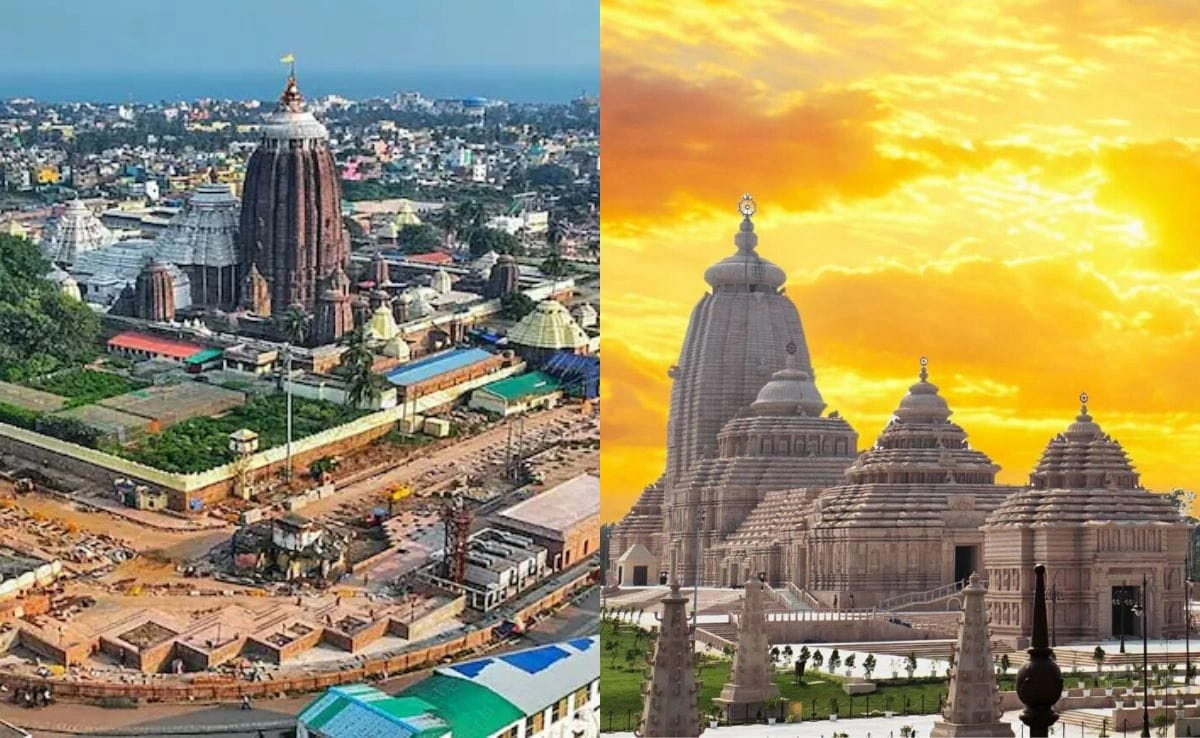A recent controversy has erupted surrounding the designation of a 12th-century shrine as “Jagannath Dham.” The label, which holds significant religious and cultural connotations for many devotees, has sparked debates among various community members and historians. The term “Dham” is often associated with sacred places in Hinduism, particularly those linked to Lord Jagannath, a revered deity in the tradition. However, the recent use of this label for the ancient shrine has been met with mixed reactions, highlighting the complexity of religious identity and heritage in contemporary society.
Proponents of the “Jagannath Dham” label argue that it honors the historical and spiritual significance of the shrine, emphasizing its connection to the Jagannath faith and its long-standing traditions. They believe that recognizing the site as a Dham could enhance pilgrimage tourism and promote the rich cultural heritage of the region. This perspective is rooted in a desire to celebrate and preserve the spiritual essence of the place, allowing it to thrive as a center for devotion and community gathering.
Conversely, opponents of the label express concerns about the historical integrity of the shrine. They argue that the application of the “Jagannath Dham” tag could lead to a misrepresentation of the site’s original purpose and historical context. Critics fear that such a designation could overshadow the diverse religious narratives associated with the shrine, potentially marginalizing other cultural and spiritual practices that have coexisted in the area for centuries. This contention raises important questions about how contemporary society navigates the intersection of history, identity, and religious significance.
In light of these differing viewpoints, the ongoing debate serves as a microcosm of broader discussions about heritage preservation, communal identity, and the evolving nature of religious spaces in modern India. As communities grapple with the implications of the “Jagannath Dham” label, it becomes crucial to engage in dialogue that respects both the historical context of the shrine and the beliefs of its diverse stakeholders. Ultimately, the outcome of this controversy may shape not only the future of the shrine but also the way in which sacred spaces are understood and revered in an increasingly pluralistic society.




